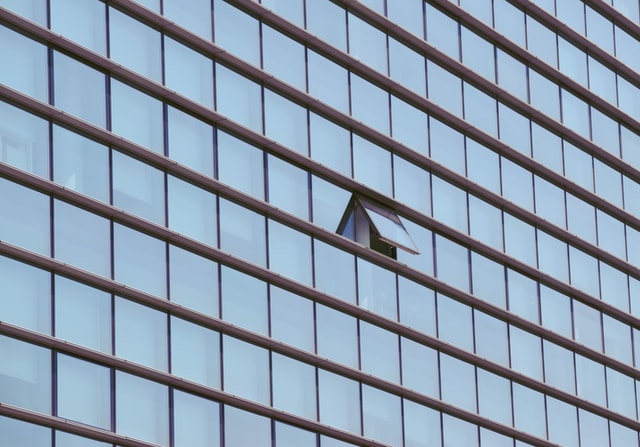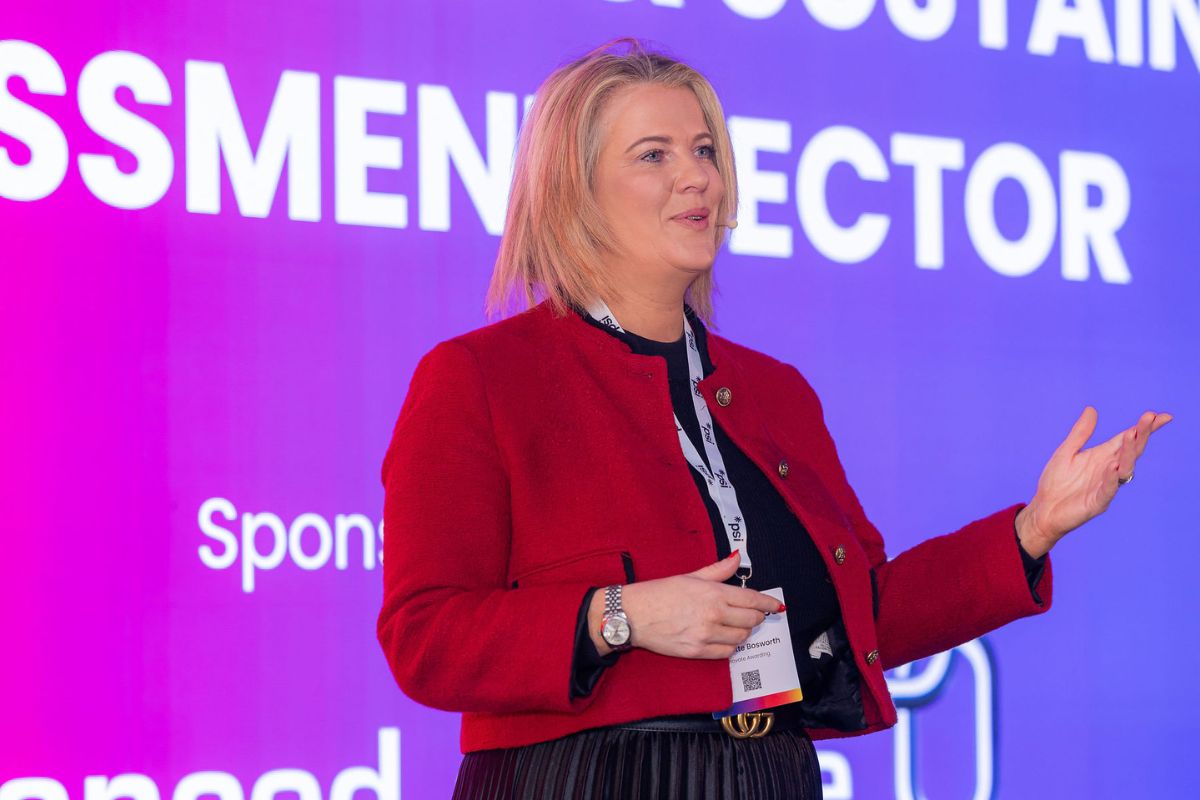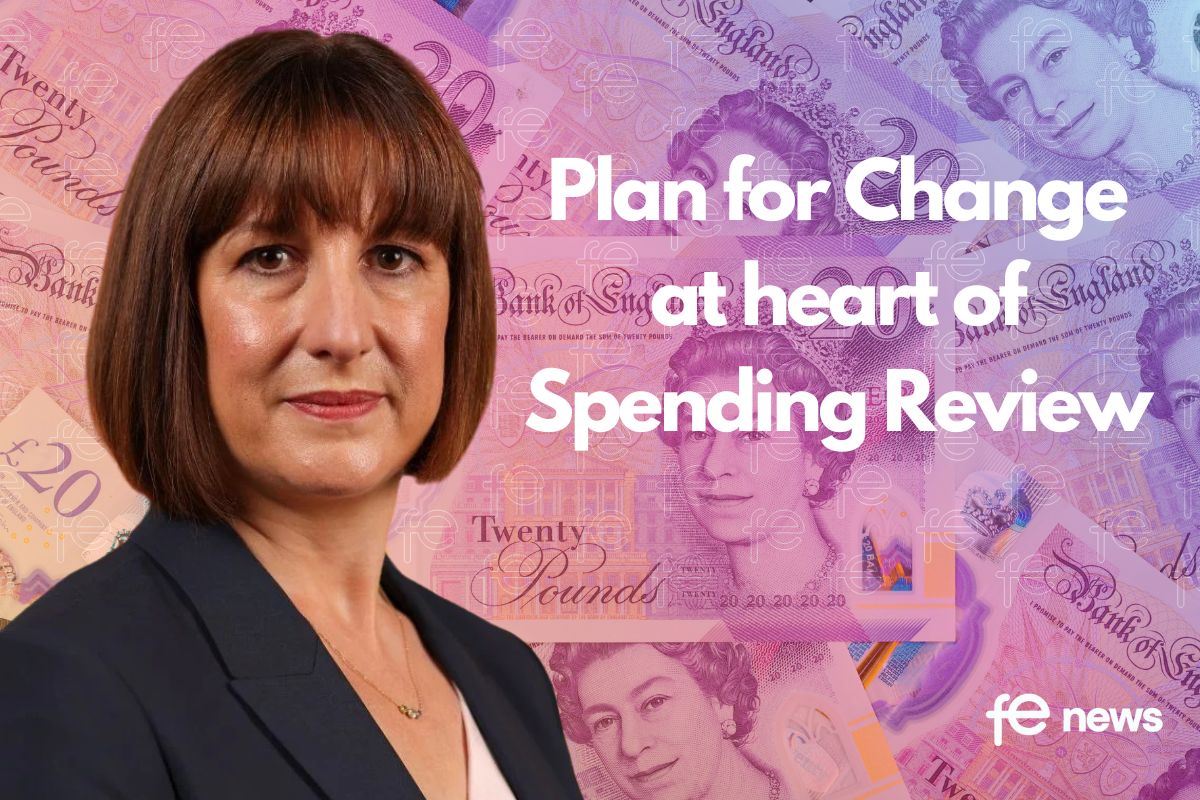£25M carbon dioxide monitor fund available from September to improve education ventilation to combat Covid – Sector Reaction

Backed by a £25 million government investment (@educationgovuk), the new monitors will enable staff to act quickly where ventilation is poor and provide reassurance that existing ventilation measures are working as an additional tool to combat the spread of Covid-19.
- Education settings to be provided with carbon dioxide monitors from September, backed by £25 million in government funding
- Monitors will help identify areas where ventilation needs to be improved
- Children and young people in England will start to return to school over coming weeks
CO2 monitors will be provided to all state-funded education settings from September, so staff can quickly identify where ventilation needs to be improved.
Letting fresh air into indoor spaces can help remove air that contains virus particles and is important in preventing the spread of Covid-19.
Backed by a £25 million government investment, the new monitors will enable staff to act quickly where ventilation is poor and provide reassurance that existing ventilation measures are working.
The majority of c. 300,000 monitors will become available over the autumn term, with special schools and alternative provision prioritised to receive their full allocation from September given their higher-than-average numbers of vulnerable pupils.
The government has also launched a trial of air purifiers in 30 schools in Bradford, which is designed to assess the technology in education settings and whether they could reduce the risk of transmission.
As students in England return to classrooms from next week, this is just one of the measures that will be in place in schools to help reduce transmission. Students and staff will also be asked to continue twice-weekly testing, with two on-site tests provided for secondary and college students as they return.
Education Secretary Gavin Williamson said:
“Providing all schools with CO2 monitors will help them make sure they have the right balance of measures in place, minimising any potential disruption to education and allowing them to focus on world class lessons and catch up for the children who need it.
“By keeping up simple measures such as ventilation and testing, young people can now enjoy more freedom at school and college.”
Health and Social Care Secretary Sajid Javid said:
“We are all enjoying the return to a more normal way of life and getting our children back into school is a really important part of that process. We want to ensure schools are both safe and comfortable for students and staff – and have been clear that good ventilation is crucial.
“As well as offering vaccines to 16 and 17 year olds and regular testing, we continue to work with the Department for Education to manage COVID-19 in schools and colleges. This includes the pilot we are running to test different air cleaning methods in school settings.”
CO2 monitors are portable so schools and other settings will be able to move them around to test their full estate, starting with areas they suspect may be poorly ventilated.
The programme will provide schools and other settings with sufficient monitors to take representative readings from across the indoor spaces in their estate, assessing all spaces in a relatively short space of time.
More details will be available following the completion of procurement, however all schools and colleges are expected to receive at least partial allocations during the autumn term, enabling all settings to monitor areas where they believe airflow may be weakest.
As the monitors are rolled out the department will provide guidance on their use.
Secondary schools and colleges will be conducting on-site covid testing of their pupils, which can start before the start of term. They can stagger the return of pupils over the first week of term as needed to support the delivery of testing. Pupils should then continue to test twice weekly at home until the end of September, when this will be reviewed.
Sector Reaction to CO2 monitors in schools:
Kate Green MP, Labour’s Shadow Education Secretary, responding to the Government’s announcement on CO2 monitors in schools, said:
“Once again the Conservatives have been too slow to act. These monitors should have been in place for months, instead the Government is only now starting the procurement process with little over a week to go until the new school year starts.
“Identifying poorly ventilated areas is just a first step, the Government has still done nothing to actually improve ventilation in education settings despite calls from Labour, education professionals and parents.
“The Conservatives’ chaotic, last-minute approach has created confusion for schools, parents and pupils throughout the pandemic. They are still failing to learn from their mistakes and plan ahead risking further disruption to children’s educations.”
Commenting on the Department for Education’s confirmation of funding for CO2 monitors in state-funded education settings, Kevin Courtney, Joint General Secretary of the National Education Union, said:
“This is a really welcome first step in accepting our argument that funding is needed for good ventilation. It follows examples set by administrations in New York City, Scotland and Ireland. Sadly, Gavin Williamson failed to get on the front-foot over the summer but the initial investment of £25m in CO2 monitors is welcome now and will start to make a difference. It is vital, though, that Government must also commit to supporting schools to address any ventilation problems identified by these monitors.
“From September, school and college staff will be working alongside pupils who very largely will not be partly nor fully vaccinated. The Government took away mitigations such as masks and bubbles, leaving very little in terms of requirements. The absence of any real direction from Government has worried education staff greatly despite high adult vaccination rates.
“However, today’s decision is we hope a signal that Government is serious about the importance of ventilation in relation to Covid-19 and the funding is a clear indication to schools and colleges that they should prioritise fresh air. It is a welcome admission from Government that some mitigations need to be in place.
“The educational benefits of good ventilation are very clear. Not only will this make it more likely that young people can continue with on-site learning, but good ventilation will also aid their concentration.
“The new school and college terms will almost certainly prompt an uptick in case counts nationally. Current levels already match where we were in December 2020. To counter a significant rise and the R heading back over 1, school and college leaders will be looking to see what they can do to ensure on-site learning is safe and sustainable throughout autumn term.
“Ventilation is essential, but it cannot be the only measure in place, especially if children are not vaccinated. Government should support leaders in secondary schools and colleges in weighing up the case for continuing to require staff and students to wear face coverings around the premises – including potentially in classrooms – and on dedicated school transport, particularly in areas with high case rates.
“We will keep a close watch on Government’s delivery of their promise. Too often we have seen pledges and announcements which fail to fully deliver. This cannot be a repeat of the failures of the laptop roll-out.”
Air monitoring is welcome step to limit Covid classroom disruption, says UNISON
Responding to the Department for Education announcement today (Saturday) that carbon dioxide monitors will be provided to schools to check there is adequate ventilation to reduce Covid spread, UNISON assistant general secretary Jon Richards said:
“Improved ventilation is vital to help limit school disruption in the new academic year.
“Monitoring the airflow is an important first step in combatting infection and devices should be rolled out as quickly as possible.
“This is a positive move by ministers who listened to concerns. But further safety measures will be needed to keep pupils in classrooms in the coming months. They include air filtration where necessary and the continued option to use face masks.”
Paul Whiteman, general secretary of school leaders’ union NAHT, said:
“NAHT has been calling on the government to take action on ventilation in schools for some time and so we welcome this response – it is a much needed step in the right direction.
“It is essential that this now becomes part of a comprehensive national strategy to ensure that every school and classroom is properly ventilated.
“We need to remember that identifying problems with ventilation, whilst absolutely necessary, are not the same as solving them. Where inadequate ventilation is identified, this needs to be addressed without delay, and the necessary resources provided. There is no escaping the fact that this is likely to require further investment from government.
“Time is clearly of the essence here. The majority of schools will be returning in a matter of weeks, some sooner. We need these monitors to get into schools without delay so that classrooms can be made as safe as possible for everyone.”
Notes:
- DfE will launch a procurement exercise on Monday 23 August to purchase CO2 monitors.
- The number of devices available to each mainstream school will be dictated by the size of their estate, and be in the region of one device per two classrooms and staff rooms. Final numbers are subject to the completion of the procurement exercise. Further details will be provided in September.











Responses